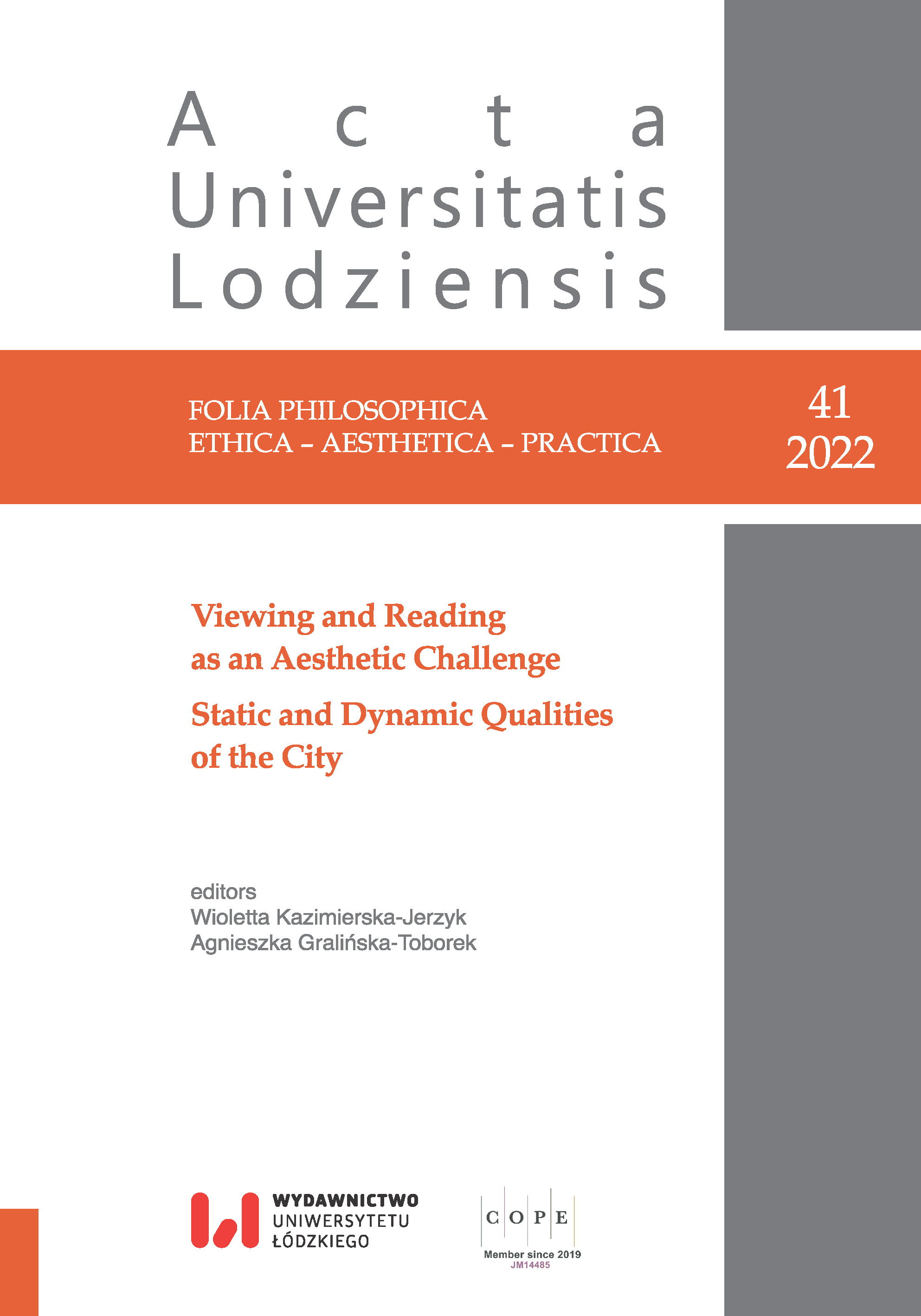Mapping the Protest: Stasis, Dynamism, and Spatiality in Occupy Movement Protests in the United States of America, 2011–2012
Mapping the Protest: Stasis, Dynamism, and Spatiality in Occupy Movement Protests in the United States of America, 2011–2012
Author(s): Emilia JeziorowskaSubject(s): Politics / Political Sciences
Published by: Wydawnictwo Uniwersytetu Łódzkiego
Keywords: Occupy Wall Street; protest; mapping; spatiality; détournement
Summary/Abstract: This article examines the topic of protest mapping during the rise of Occupy Wall Street in the United States in 2011–2012. It focuses on various practices of protest mapping, including a consideration of how space (public, urban, or of the protest camp) is represented in the visual sources discussed. It also addresses the qualitative difference between protest mapping and other mapping practices, as well as the categorization of protest mapping terms. Using the method of source analysis and online research, the article adopts, as its key concept for studying protest as a multi-threaded phenomenon, the notion of détournement. This concept was first described in 1957 by Gil Wolman and Guy Debord, and from the early 1960s was used as a creative method and also a revolutionary strategy by the avant-garde artistic group, the Situationist International. The categories of stasis, dynamism, and spatiality will also be important points of reference.
Journal: Acta Universitatis Lodziensis. Folia Philosophica. Ethica - Aesthetica - Practica
- Issue Year: 2022
- Issue No: 41
- Page Range: 51-63
- Page Count: 13
- Language: English

